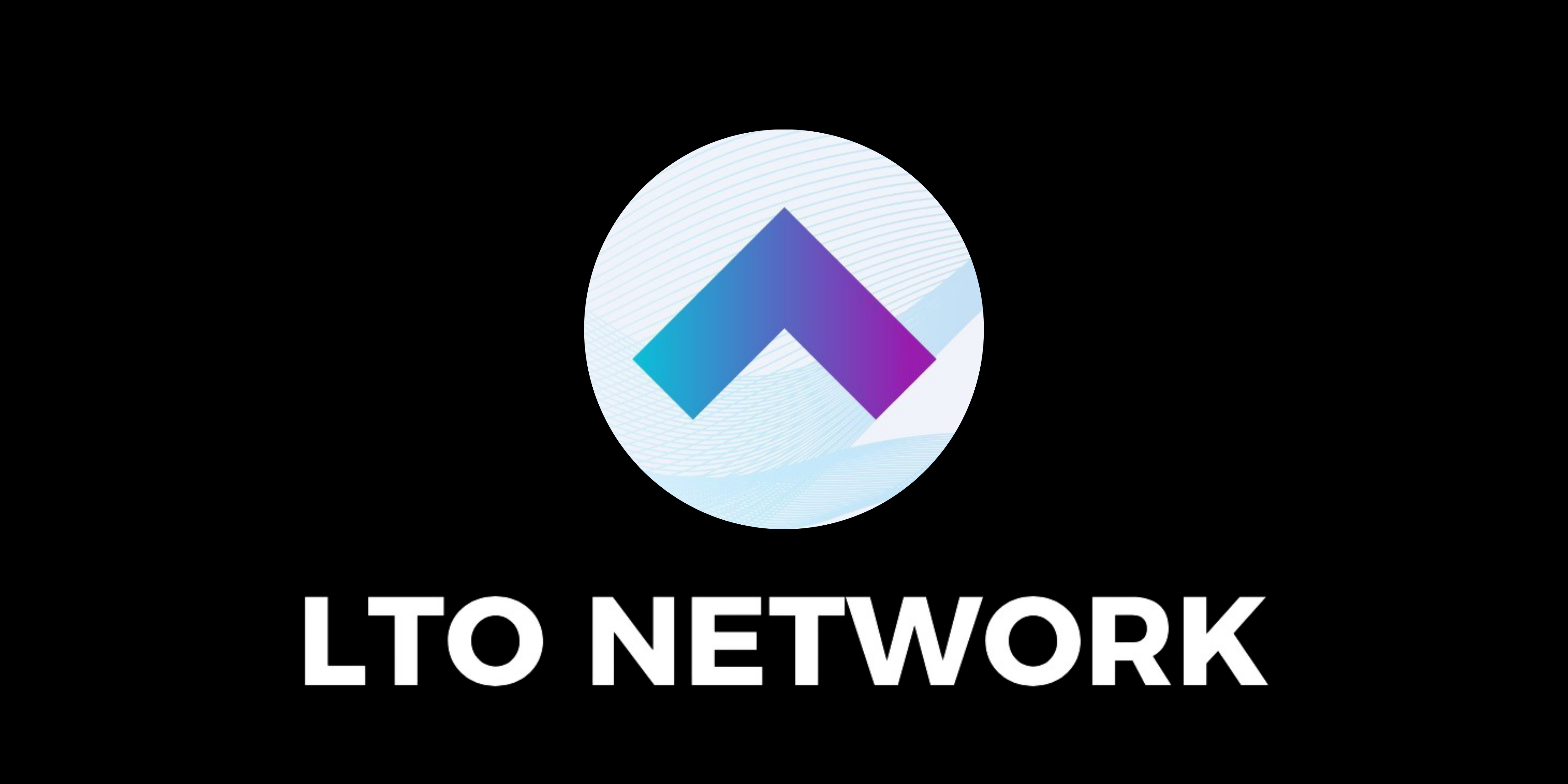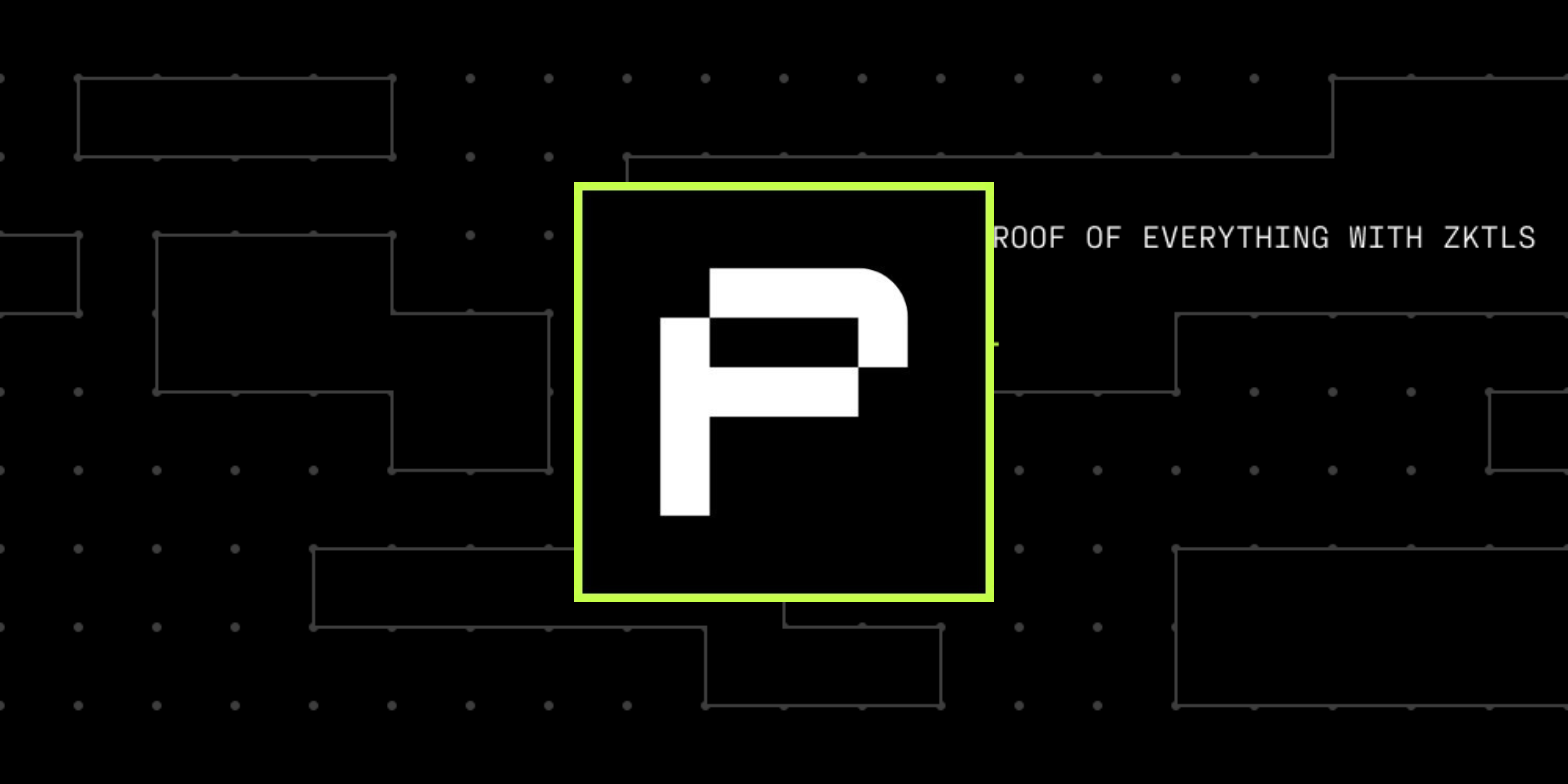LTO Network is a blockchain-based platform that facilitates decentralized workflows and improves inter-organizational processes. Unlike traditional approaches that rely on central authorities, LTO Network offers a solution where all parties involved in a business process can operate on equal footing. The platform focuses on providing Live Contracts, a form of Ricardian contracts designed to be easily readable by humans and computers, allowing for more efficient and trustworthy business interactions.
Innovation
LTO Network introduces several innovative concepts to the blockchain space. The platform’s use of Live Contracts, which differ from traditional smart contracts, allows for a more flexible and human-readable approach to decentralized workflows. Integrating Finite State Machines (FSM) and Extended FSMs enables deterministic modeling of business processes. Furthermore, the LTO Network emphasizes privacy and security by utilizing private chains for specific processes, ensuring data confidentiality while maintaining a global public blockchain for data verification and anchoring.
LTO Network Architecture
LTO Network’s architecture is built around the concept of Live Contracts, which operate on ad hoc private blockchains called event chains. These chains record the sequence of events and ensure synchronized views for all parties. The platform employs a Byzantine fault tolerance (BFT) approach for its private chains, while the global public blockchain uses the Leased Proof of Importance (LPoI) consensus algorithm. Additionally, LTO Network adopts a microservices architecture, enhancing scalability, flexibility, and fault isolation, with Kubernetes for container orchestration.
Code Quality
The code quality of the LTO Network appears robust, with a clear focus on modularity and scalability. Microservices architecture ensures that different components can be independently developed, tested, and deployed, enhancing the platform’s overall reliability. However, the complexity of managing FSMs could pose challenges, mainly as workflows grow in size and complexity. Continuous code reviews and rigorous testing are essential to maintain high code quality standards.
Product Roadmap
LTO Network’s product roadmap outlines its commitment to ongoing development and enhancement of its platform. Key focus areas include:
- Improving scalability.
- Enhancing interoperability with other blockchains and systems.
- Expanding the use cases for Live Contracts.
The roadmap also emphasizes the importance of security and privacy, with plans to continually update and refine these platform aspects.
Usability
LTO Network aims to make its platform accessible and user-friendly for technical and non-technical users. The human-readable nature of Live Contracts simplifies the creation and management of decentralized workflows. However, the complexity of FSMs and the need to understand blockchain concepts might require additional user education and support. Providing comprehensive documentation, tutorials, and user support will be crucial for enhancing usability.
Team
The LTO Network team comprises experienced professionals with blockchain technology, software development, and business process management backgrounds. Their expertise is evident in the platform’s innovative design and robust architecture. Their active engagement with the community and stakeholders reflects the team’s commitment to transparency and continuous improvement.
Conclusion
LTO Network offers a compelling solution for decentralized workflows with its innovative use of Live Contracts and FSMs. The platform’s architecture emphasizes privacy and security, and its microservices design positions it well for scalability and flexibility. While there are challenges, particularly around managing complexity and ensuring interoperability, the LTO Network team’s expertise and commitment to continuous improvement bode well for the platform’s future development. Further exploration of specific use cases, performance metrics, and integration strategies will provide deeper insights into the platform’s potential and effectiveness.
| Initial Screening | |||
| Keep researching | |||
| Does this project need to use blockchain technology? | Yes | ||
| Can this project be realized? | Yes | ||
| Is there a viable use case for this project? | Yes | ||
| Is the project protected from commonly known attacks? | Yes | ||
| Are there no careless errors in the whitepaper? | Yes | ||
| Project Technology Score | |||
| Description | Scorecard | ||
| Innovation (Out Of 11) | 10 | ||
| How have similar projects performed? | Good | 2 | |
| Are there too many innovations? | Medium | 1 | |
| Percentage of crypto users that will use the project? | Over 11% | 5 | |
| Is the project unique? | Yes | 2 | |
| Architecture (Out of 12) | 10 | ||
| Overall feeling after reading whitepaper? | Good | 2 | |
| Resistance to possible attacks? | Good | 2 | |
| Complexity of the architecture? | Not too complex | 2 | |
| Time taken to understand the architecture? | More than 1 hour | 0 | |
| Overall feeling about the architecture after deeper research? | Good | 4 | |
| Has the project been hacked? | No | 0 | |
| Code Quality (out of 15) | 13 | ||
| Is the project open source? | Yes | 2 | |
| Does the project use good code like C,C++, Rust, Erlang, Ruby, etc? | Yes | 2 | |
| Could the project use better programming languages? | No | 0 | |
| Github number of lines? | More than 10K | 1 | |
| Github commits per month? | More than 10 | 2 | |
| What is the quality of the code? | Good | 2 | |
| How well is the code commented? | Good | 1 | |
| Overall quality of the test coverage? | Good | 1 | |
| Overall quality of the maintainability index? | Outstanding | 2 | |
| When Mainnet (out of 5) | 5 | ||
| When does the mainnet come out? | Mainnet | 5 | |
| Usability for Infrastructure Projects (out of 5) | 3 | ||
| Is it easy to use for the end customer? | Medium | 3 | |
| Team (out of 7) | 6 | ||
| Number of active developers? | 5+ | 2 | |
| Developers average Git Background? | Senior | 2 | |
| Developers coding style? | Solid | 2 | |
| Total Score (out of 55) | 47 | ||
| Percentage Score | |||
| Innovation | 18.18% | ||
| Architecture | 18.18% | ||
| Code Quality | 23.64% | ||
| Mainnet | 9.09% | ||
| Usability | 5.45% | ||
| Team | 10.91% | ||
| Total | 85.45% |





